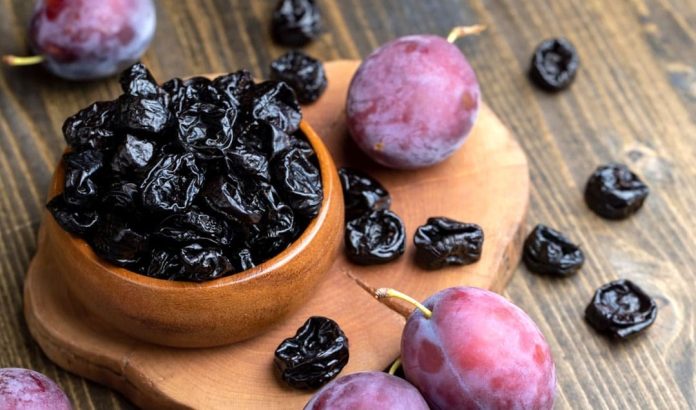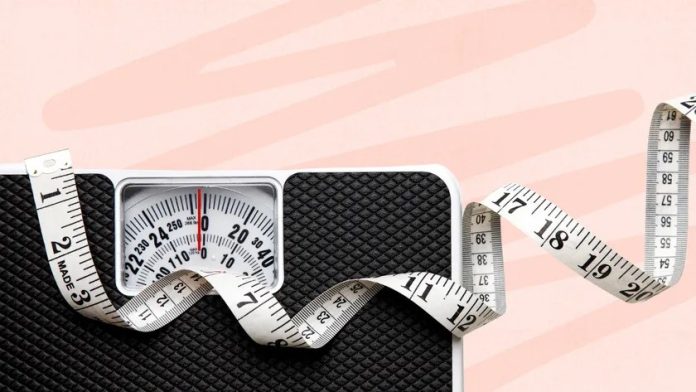Prunes might be the unexpected superfruit for your bones
A recent Penn State study shows that eating just four to six prunes daily can help postmenopausal women preserve bone density and strength, significantly lowering their fracture risk.
Using advanced 3D imaging, researchers found that prune eaters maintained bone quality in crucial weight-bearing areas, outperforming those who skipped the fruit. And with potential anti-inflammatory effects from compounds in prunes, this humble dried fruit could become a natural ally in the fight against osteoporosis.
Prunes for Bone Strength in Women
Milk is not the only food linked to strong bones. Researchers at Penn State report that prunes can help postmenopausal women preserve bone structure and strength. Their study, published in Osteoporosis International, found that eating prunes every day may slow age-related bone loss and lower the risk of fractures.
“This is the first randomized controlled trial to look at three-dimensional bone outcomes with respect to bone structure, geometry and estimated strength,” said Mary Jane De Souza, distinguished professor of kinesiology and physiology at Penn State. “In our study we saw that daily prune consumption impacted factors related to fracture risk. That’s clinically invaluable.”
Aging and Bone Remodeling
Bone tissue constantly renews itself through remodeling. Specialized cells called osteoblasts and osteoclasts remove old bone and replace it with new material. As people grow older, the balance shifts and bone breaks down faster than it can rebuild.
Accelerated bone loss can lead to osteoporosis, a condition in which bone density falls and the skeleton becomes more fragile. The Centers for Disease Control and Prevention estimates that more than 10 million Americans have osteoporosis, with the disease occurring more often in women and in older adults.
“In our study we saw that daily prune consumption impacted factors related to fracture risk. That’s clinically invaluable.”
Prunes: A Natural Bone-Booster
It’s of particular concern among postmenopausal women, the researchers said. Estrogen, a hormone critical for bone health, declines during this life phase, and lower levels of estrogen hasten the loss of bone density. While there is medication available to treat osteoporosis, the researchers said that many women who should be taking it aren’t.
Prunes offer a promising alternative, according to De Souza. They contain bioactive compounds like polyphenols that may blunt the inflammatory pathways that lead to bone loss.
Prior studies primarily used dual-energy X-ray absorptiometry (DXA) to evaluate 2D bone mass density and to diagnose osteoporosis. But DXA scans can’t distinguish between different types of bone tissue or measure the structural properties of bone, which can serve as a proxy for bone strength and quality, the researchers explained.
Seeing Bone Quality in 3D
“When we look at bone mineral density, we’re looking at how much bone there is, but we also want to know about the quality of the bone. When we look at a three-dimensional picture, we can look at bone structure, geometry, and micro-architecture. In other words, it tells us how good the bone is,” De Souza said.
To see whether daily prune consumption influenced bone quality, the research team conducted a 12-month randomized controlled trial with 235 postmenopausal women. Participants were assigned to one of three groups: no prunes; 50 grams, or four to six, prunes daily; or 100 grams, or 10 to 12, prunes daily. Every six months, they were assessed using a peripheral quantitative computed tomography, or pQCT, scan, which allows for cross-sectional imaging to measure 3D bone mass density, bone geometry, and bone strength.
Results: Prunes Preserve Bone Health
Over the course of one year, the researchers found that measures of bone mass density and bone strength at the tibia, or shin bone, all decreased in women in the control group. In contrast, those who ate at least four to six prunes every day maintained bone density and bone strength and preserved bone structure, particularly in cortical bone.
While women in both prune groups saw benefit, four to six prunes a day may be the more feasible dose. Women in the 100-gram group dropped out of the study at a higher rate because they got bored with incorporating so many prunes into their daily diet.
Preventing Fractures With Prunes
“It’s pretty exciting data for a 12-month study,” De Souza said. “We were able to maintain and preserve bone at the weight-bearing, cortical bone of the tibia, and the maintenance of cortical bone and bone strength is key to avoiding fracture.”
Prune consumption could also potentially reduce the risk of osteoporosis, De Souza explained, but more research is needed.
“We were able to maintain and preserve bone at the weight-bearing, cortical bone of the tibia and the maintenance of cortical bone and bone strength is key to avoiding fracture.”











